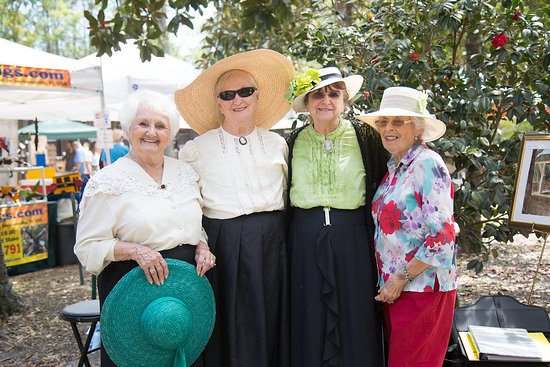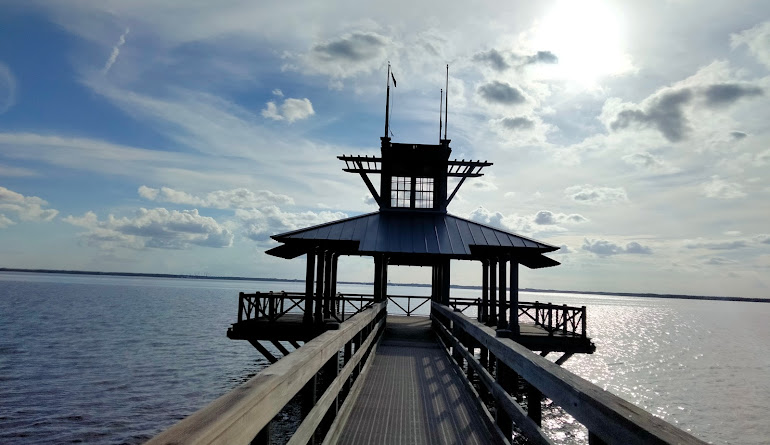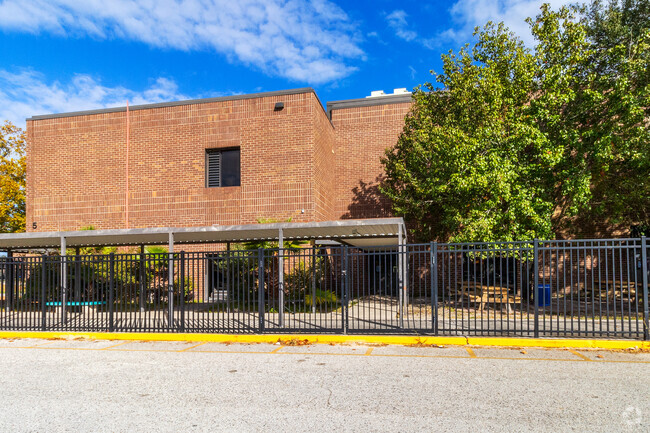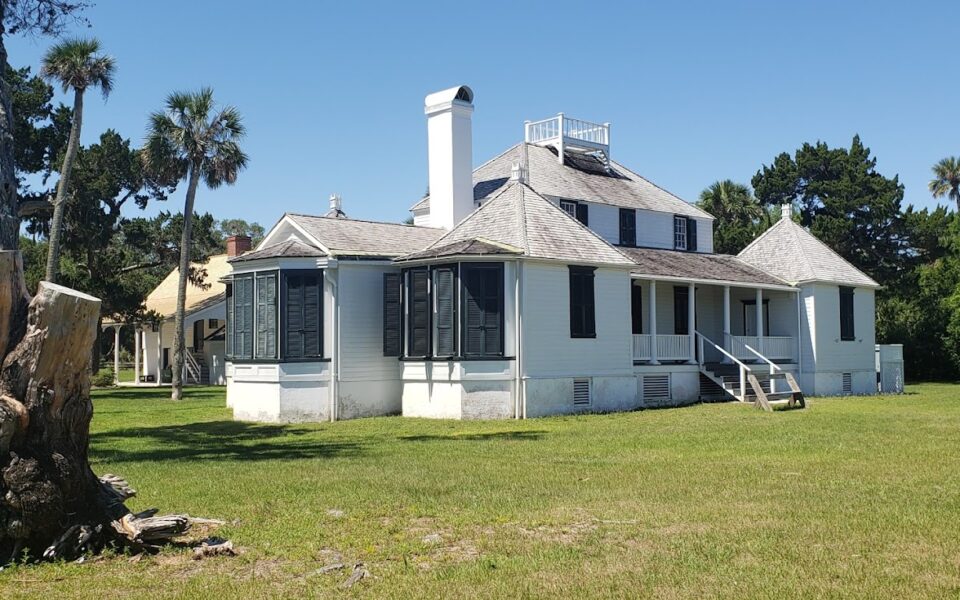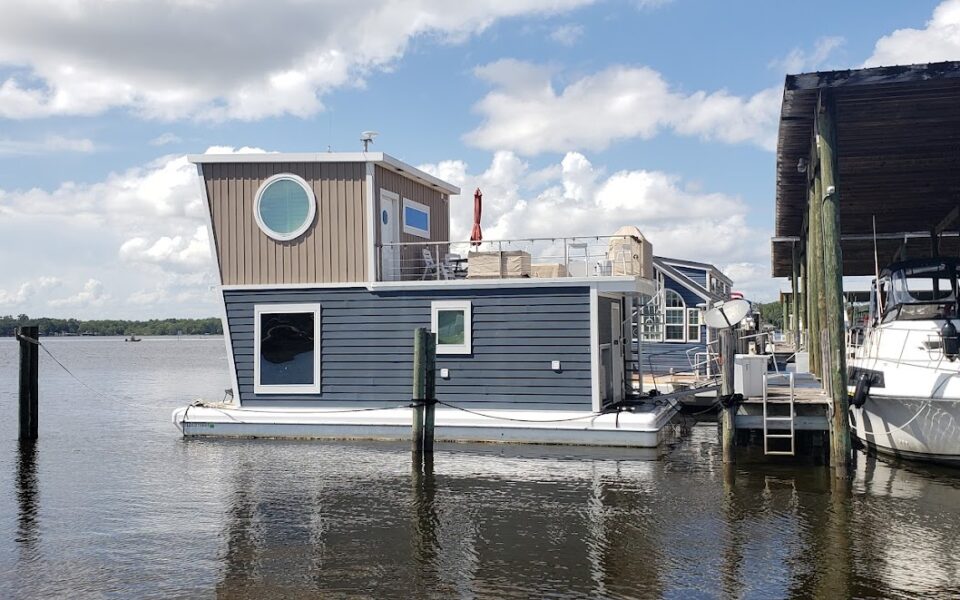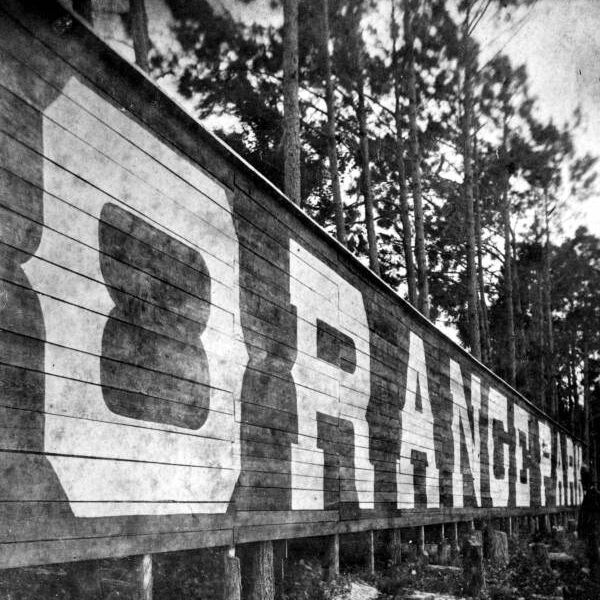
Securing Healthcare at 65: Why is Medicare Set at 65?
March 3, 2024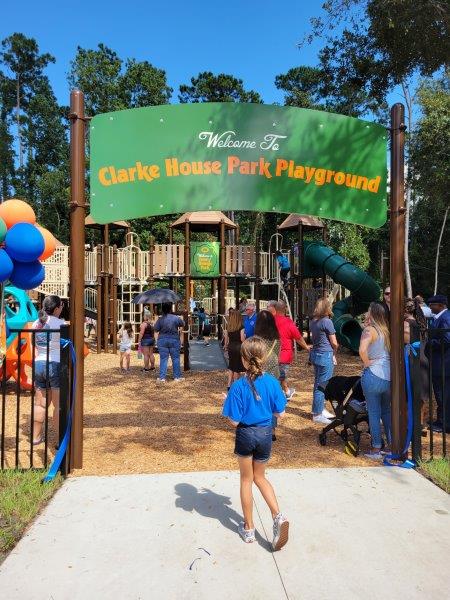
The Top Parks in Orange Park, Florida
March 7, 2024Orange Park, Florida, nestled within the bounds of Clay County, offers a unique blend of historical richness and modern charm. This town, with its deep-rooted history and picturesque landscapes, invites residents and visitors alike to delve into its past and explore the journey that has shaped it into the vibrant community it is today. In this post, we will embark on a detailed exploration of Orange Park’s history, tracing its evolution from a sparsely populated area to a flourishing town, highlighting significant events and figures that have contributed to its development.
The Early Years
Orange Park’s story begins in the latter half of the 19th century, post-Civil War era, when the land was largely untouched, covered in a dense canopy of oaks, pines, and magnolia trees. The Reconstruction period brought significant changes to Florida, and Orange Park was no exception. It was during this time that the area started to see its first settlers, attracted by the promise of fertile land and a mild climate.
One of the most influential figures in the early development of Orange Park was the Florida Winter Home and Improvement Company. Founded in the 1870s by Washington G. Benedict, the company purchased large tracts of land with the vision of creating a winter retreat for wealthy Northerners seeking refuge from the harsh winters of the north. This initiative marked the beginning of Orange Park’s transformation into a populated area, as it led to the construction of roads, homes, and the establishment of the community’s infrastructure.
The Golden Era of the Oranges
As suggested by its name, Orange Park’s history is intimately connected with the cultivation of oranges and other citrus fruits. The late 19th and early 20th centuries witnessed a booming citrus industry in Florida, and Orange Park became one of the key players in this agricultural success story. Orchards and groves dotted the landscape, and the town quickly gained a reputation for producing some of the finest citrus fruits in the region.
However, this golden era was not to last. The Great Freeze of 1894-1895 devastated the citrus industry in Orange Park and across Florida, killing the majority of the citrus trees and bringing the flourishing industry to a sudden halt. This catastrophic event forced the residents of Orange Park to diversify their economy, leading to the development of new industries and the beginning of a new chapter in the town’s history.
The 20th Century and Beyond
The 20th century was a period of significant growth and transformation for Orange Park. The establishment of the U.S. Naval Air Station Jacksonville during World War II was a pivotal event, bringing an influx of military personnel and their families to the area. This contributed to a population boom and stimulated economic growth, laying the groundwork for Orange Park’s development into a suburban community.
In the latter half of the 20th century, Orange Park continued to expand and evolve. The construction of the Buckman Bridge in 1970 improved accessibility between Orange Park and Jacksonville, further integrating the town into the greater metropolitan area and stimulating residential and commercial growth. Today, Orange Park is known for its strong sense of community, excellent schools, and an array of parks and recreational facilities that make it an attractive place to live and visit.
Cultural and Historical Landmarks
Orange Park is home to several cultural and historical landmarks that reflect its rich heritage. One such landmark is the Clarke House Park, a preserved 19th-century farmhouse that offers a glimpse into the town’s agricultural past. Additionally, the town’s annual Fall Festival celebrates Orange Park’s history and community spirit, attracting visitors from across the region.
Conclusion
The history of Orange Park, Florida, is a testament to the resilience and adaptability of its residents. From its early days as a winter retreat and a center for citrus production to its current status as a thriving suburban community, Orange Park has continually evolved while maintaining its unique character and charm. As we look to the future, Orange Park remains committed to preserving its rich history while embracing the opportunities of the 21st century. Its journey through time serves as a reminder of the importance of community, adaptability, and the enduring spirit of a town that has weathered challenges and emerged stronger with each passing decade.
The story of Orange Park is far from complete, as it continues to write new chapters, adding to the tapestry of its historical legacy. Whether you are a resident, a visitor, or a history enthusiast, Orange Park offers a fascinating journey through time, inviting all to explore its past and envision its future.

